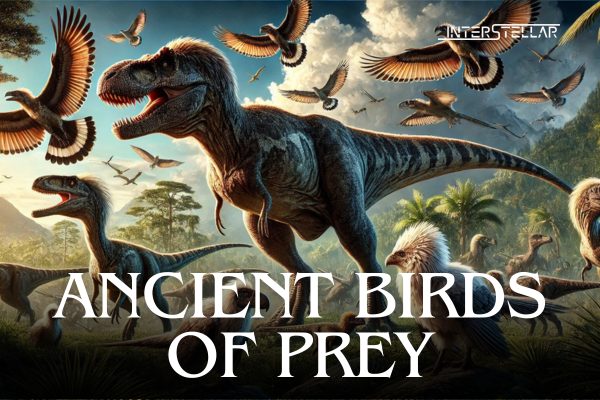Oldest-Known Birds of Prey Discovered in North America
Tyrannosaurus Rex’s Neighbours Included Cretaceous Birds of Prey
During the final days of the dinosaur era in western North America, Tyrannosaurus rex ruled as the apex predator. However, newly discovered fossils reveal that it shared its territory with the oldest-known birds of prey. These ancient avian species lived around 67 million years ago, alongside other notable dinosaurs such as Triceratops and Edmontosaurus.
Fossil Discovery Reveals New Bird Species
Researchers have identified two new avian species from the Cretaceous Period in Montana. These species were unearthed in the Hell Creek Formation, a fossil-rich site that spans four US states. Both birds show similarities to modern raptors, such as hawks and eagles, thanks to a distinct foot bone called the tarsometatarsus. This bone structure suggests they were equipped to capture, subdue, and carry off prey using their feet and legs.
One species, named Avisaurus darwini, may have been as large as a modern hawk, with an estimated wingspan of 4.25 feet (1.3 meters). The second bird, slightly smaller and also belonging to the genus Avisaurus, has yet to receive a species name. These birds likely preyed on small mammals, lizards, and other birds, similar to today’s raptors.
Anatomy Suggests Raptorial Behaviour
The findings, published in the journal PLOS ONE, show that the two species had a foot structure resembling today’s birds of prey. According to Alex Clark, the study’s lead author and a doctoral student at the University of Chicago and the Field Museum, the birds’ anatomy indicates that they might have functioned in similar ways to modern raptors. Their tarsometatarsus featured a robust muscle attachment point, suggesting powerful leg muscles that could grip and carry proportionally large prey.
The research team also discovered a third bird species from the same time period, named Magnusavis ekalakaensis, though its specific behaviour remains unclear. These species belonged to a group of prehistoric birds known as enantiornithines, which vanished 66 million years ago during the mass extinction event that wiped out non-avian dinosaurs.
Evolutionary Insights from the Cretaceous Period
The discovery of these Cretaceous birds of prey provides deeper insights into the ecosystems at the end of the dinosaur era. Despite their similarities to modern raptors, these birds are not direct ancestors of any living species. Instead, they developed similar traits independently, a process known as convergent evolution.
Further research is needed to determine what these ancient birds looked like. According to study co-author Jingmai O’Connor from the Field Museum, they may have had teeth or hooked beaks, but this remains speculative until more complete fossils are found.
This discovery enriches our understanding of how diverse the ecosystems were at the twilight of the dinosaur age. As Clark stated, these birds of prey coexisted with a top predator like T. rex, highlighting the rich variety of species that lived in this period.


